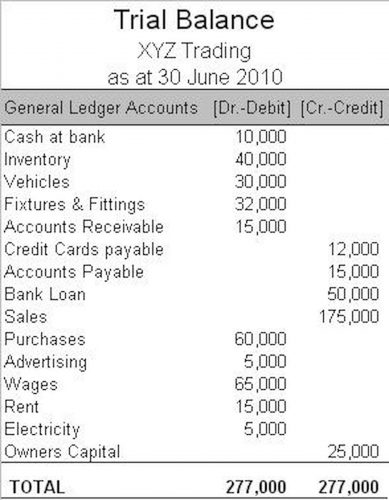
Allocating Revenue and discounts to bundled deliverables is covered in a prior post. As a recap, both IFRS (IFRS 15, Paragraph 81) and ASPE require that if the bundled deliverables are sold at a discount, then that discount should be allocated proportionally among the different components. The difference between the amount at which Accounts Payable is debited and Cash is credited is debited to an account titled Purchase Discounts Lost. The key point to measure is whether those terms that are considered economical to accept were actually taken. Shaun Conrad is a Certified Public Accountant and CPA exam expert with a passion for teaching. After almost a decade of experience in accounting for purchase discounts public accounting, he created MyAccountingCourse.com to help people learn accounting & finance, pass the CPA exam, and start their career.

If the business does not pay within the discount period and does not take the purchase discount it will pay the full invoice amount of 1,500 to the supplier and the discount is ignored. The Gross Method should be used whenever discounts are offered on purchases, such as when paying an invoice early or ordering in bulk quantities. However, it also suffers from the same criticism made against recording sales at the gross amount when discounts are offered. Businesses are always looking for ways to save money while still being able to serve their customers best.
If a company purchases office equipment for $20,000 and the invoice has credit terms of 1/10, net 30, the company can deduct $200 (1% of $20,000) and remit $19,800 if the invoice is paid within 10 days. If that occurs, the company will record the equipment at its cost of $19,800. In summary, purchase discounts provide businesses with many significant short and long-term benefits and should be used regularly to keep customers returning. In the accounting general ledger, the credit balances of the contra purchase expense accounts reduce and offset the usual debit balances reported in the standard purchase expense accounts.
The early payment discount is also referred to as a purchase discount or cash discount. Lastly, at the time of making payment (failing to get the advantage of cash discount), the journal entry to record the payment under both net and gross method are the same. The journal entry for a purchase discount is https://www.bookstime.com/ recorded by debiting accounts payable and crediting both cash paid and purchase discount. Purchase discounts are often given in the form of a percentage off the total amount of the invoice. Under perpetual inventory system, the company can make the purchase discount journal entry by debiting accounts payable and crediting cash account and inventory account.

A common example of a purchase discount are the NET D payment terms, such as 2/10 Net 30, where a buyer receives a 2% discount if an invoice is paid early within 10 days, otherwise a full payment is due in 30 days. For example, if a business offers a 10% discount, it will reduce the initial income generated from the sale. However, the long-term effect may be positive if the discount increases future sales through customer loyalty. The effect of discounts https://www.facebook.com/BooksTimeInc/ on cash flow also depends on the type of discount offered. This is due to, under the perpetual system, the company records the purchase into the inventory account directly without the purchase account.

An aspect that needs to be noted here is that only cash purchase discounts are included as subtractions from gross purchases. As the company does not record the inventory purchase under the periodic system, whether it receives the discount or not, the journal entry will not involve the inventory account like those in the perpetual system. However, the company could benefit by paying less to its suppliers for the same products or services that it purchases. The Gross Method results in a lower cost of goods sold figure, which can impact several places on your financial statements including net income and inventory valuation. It also helps to ensure that expenses accurately reflect payments made during a period. In the gross method, we record the purchase of merchandise inventory into the purchase account at the original invoice amount.